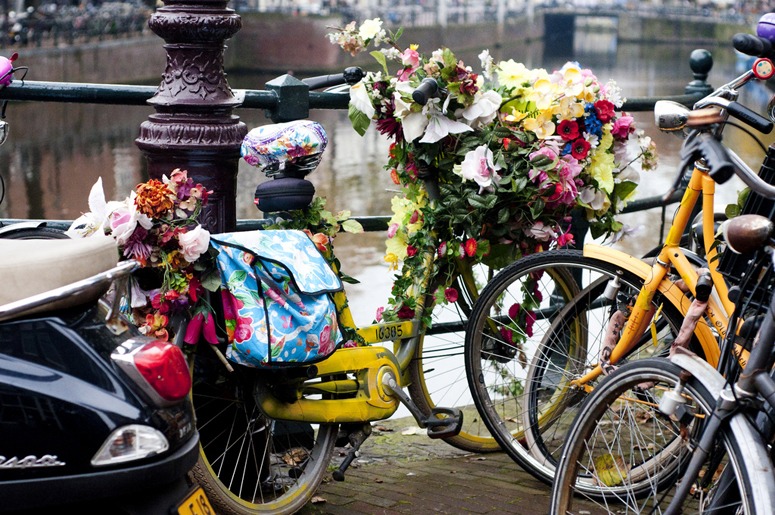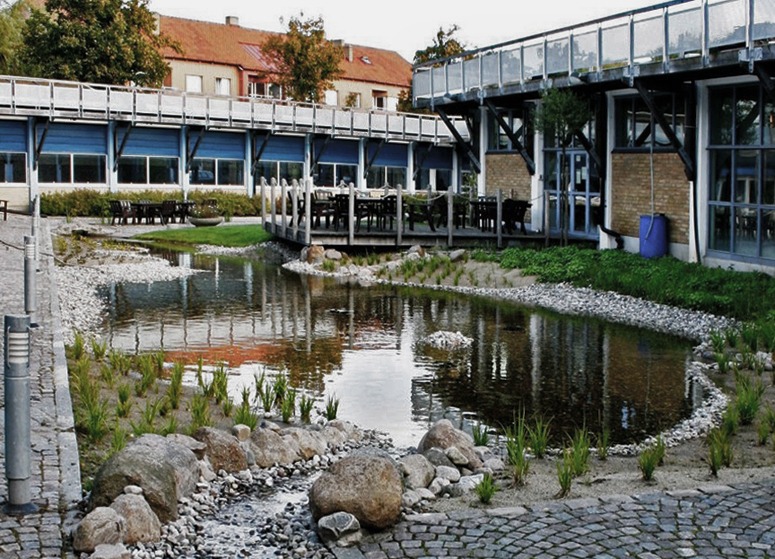 Great to see cycling as an issue in the election for a London Mayor and, since it is safer to judge politicians by what they do than by what they say, I will vote for the re-election of Boris Johnson. I have SEEN him cycling to work in London. Ken Livingstone says a bit about cycling but, during his years as Mayor, I SAW no significant improvements – and nor did I hear of him riding a bike.
Great to see cycling as an issue in the election for a London Mayor and, since it is safer to judge politicians by what they do than by what they say, I will vote for the re-election of Boris Johnson. I have SEEN him cycling to work in London. Ken Livingstone says a bit about cycling but, during his years as Mayor, I SAW no significant improvements – and nor did I hear of him riding a bike.
To ride with the election, the London Cycling Campaign is running a ‘Love London, Go Dutch’ campaign. The LCC points out that in the 1970s, cycling was not much more popular in Amsterdam than in London. Today, 3% of London journeys are made by bike (this includes 90% of my journeys!) and 47% of Amsterdam journeys are made by bike (figures from Evening Standard 26.4.2012). The cycle park at Zuid Station holds 2500 bikes and parking is free for the first 24 hours. TfL has a cycle park at London Bridge Station which holds 400 bikes and costs £1.50/day. I would like to see landscape architects taking an active role in London Cycle Planning and Design. Those ugly Barclays cycle ‘superhighways’ should be replaced by beautifully designed leafy and flowery routes. This will cost money – and the Landscape Institute should be a very-active campaigner for safe, convenient and enjoyable cycle lanes. It would not surprise me if 50% of landscape architects cycle to work in London – so they can be trusted to produce good designs.
Image courtesy MaWá



